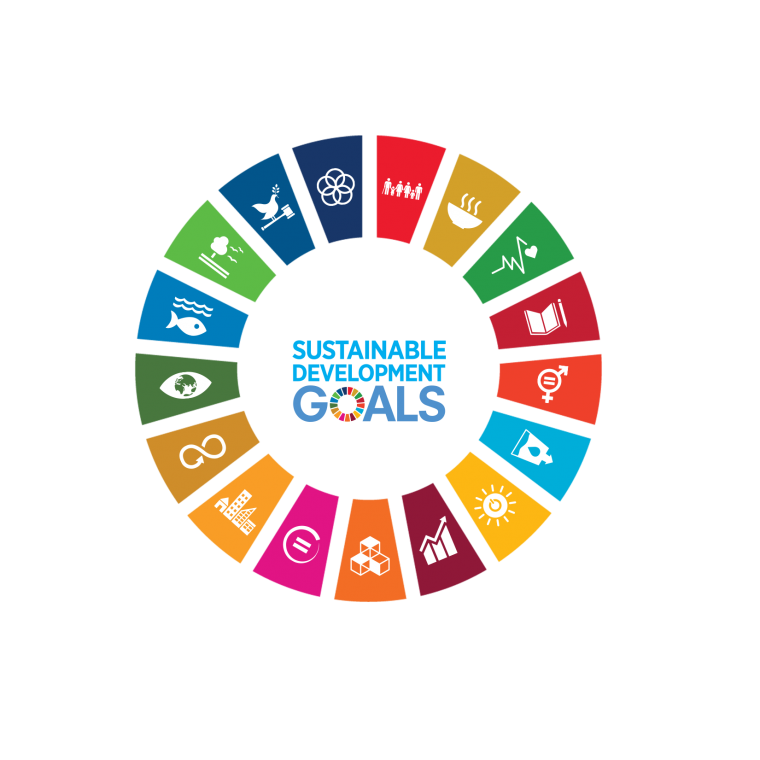The Effectiveness of Conditional Cash Transfer Program: A Case of Rural and Urban Beneficiaries in Philippines
DOI:
https://doi.org/10.18196/jerss.v8i1.20726Keywords:
CCT, Health Expenditure, Education Expenditure, Food Expenditure, PSMAbstract
This paper analyzes the effectiveness of the Conditional Cash Transfer (CCT) program in the Philippines in terms of its effect on conditionality goods as reflected by food, health, and education expenditures of households from rural and urban areas that benefitted the program. The CCT program in the Philippines is known as Pantawid Pamilyang Pilipino Program (4Ps) that seeks to address the problem on poverty by improving the socioeconomic status of poor households through targeted investments in health and education. This study used the Propensity Score Matching methodology in estimating the average treatment effect on the treated to capture the effect of CCT on conditionality goods. The study finds that CCT has a significant effect on education for household beneficiaries in rural areas and has improved the quality of food consumed by household beneficiaries in urban areas. Also, a decreased in the per capita total expenditure and per capita food expenditure of the household beneficiaries is revealed in urban areas driven by their improved saving behavior. Thus, the CCT program, at some point, is effective in meeting its short-term goal, but it must be more targeted in order to improve its impact on other conditionality goods.
References
Attanasio, O., & Mesnard, A. (2006). The Impact of a Conditional Cash Transfer Programme on Consumption in Colombia*. Fiscal Studies, 27(4), 421–442. https://doi.org/10.1111/j.1475-5890.2006.00041.x
Caliendo, M., & Kopeinig, S. (2008). Some Practical Guidance for the Implementation of Propensity Score Matching. Journal of Economic Surveys, 22(1), 31–72. https://doi.org/10.1111/j.1467-6419.2007.00527.x
Chaudhury, N., Friedman, J., & Onishi, J. (2013). Philippines conditional cash transfer program impact evaluation 2012. Washington, DC: World Bank.
Dandekar, V., & Rath, N. (1971). Poverty in India, Indian School of Political Economy.
Das, J., Do, Q., & Ozler, B. (2005). Reassessing Conditional Cash Transfer Programs. The World Bank Research Observer, 20(1), 57–80. https://doi.org/10.1093/wbro/lki005
Department of Social Welfare and Development. (2019). About the Program. Accessed on June 11, 2022, from https://pantawid.dswd.gov.ph/about/
Duvendack, M., & Palmer-Jones, R. (2012). High Noon for Microfinance Impact Evaluations: Re-investigating the Evidence from Bangladesh. Journal of Development Studies, 48(12), 1864–1880. https://doi.org/10.1080/00220388.2011.646989
Engel, E. (1857). Die productions-und consumtionsverhältnisse des königreichs sachsen. Zeitschrift des Statistischen Bureaus des Königlich Sächsischen Ministeriums des Innern, 8, 1-54.
Gao, Q., Zhai, F., & Garfinkel, I. (2010). How Does Public Assistance Affect Family Expenditures? The Case of Urban China. World Development, 38(7), 989–1000. https://doi.org/10.1016/j.worlddev.2009.12.005
Gao, Q., Zhai, F., Yang, S., & Li, S. (2014). Does Welfare Enable Family Expenditures on Human Capital? Evidence from China. World Development, 64, 219–231. https://doi.org/10.1016/j.worlddev.2014.06.003
Han, H., Gao, Q., & Xu, Y. (2016). Welfare Participation and Family Consumption Choices in Rural China. Global Social Welfare, 3(4), 223–241. https://doi.org/10.1007/s40609-016-0066-0
Heckman, J. J., Ichimura, H., & Todd, P. (1998). Matching As An Econometric Evaluation Estimator. Review of Economic Studies, 65(2), 261–294. https://doi.org/10.1111/1467-937x.00044
Heckman, J. J., Lalonde, R. J., & Smith, J. A. (1999). The Economics and Econometrics of Active Labor Market Programs. Handbook of Labor Economics, 1865–2097. https://doi.org/10.1016/s1573-4463(99)03012-6
Imbens, G. W., & Wooldridge, J. M. (2009). Recent Developments in the Econometrics of Program Evaluation. Journal of Economic Literature, 47(1), 5–86. https://doi.org/10.1257/jel.47.1.5
Lamberte, M. B., & Bautista, R. M. (1990). Comparative Saving Behavior of Rural and Urban Households in the Philippines. Philippine Journal of Development JPD 1990 Vol. XVII No. 2-, Philippine Institute for Development Studies.
Lopez-Arana, S., Avendano, M., van Lenthe, F. J., & Burdorf, A. (2016). The impact of a conditional cash transfer programme on determinants of child health: evidence from Colombia. Public Health Nutrition, 19(14), 2629–2642. https://doi.org/10.1017/s1368980016000240
Meng, C., & Pfau, W. D. (2012). Simulating the Impacts of Cash Transfers on Poverty and School Attendance: The Case of Cambodia. Journal of Family and Economic Issues, 33(4), 436–452. https://doi.org/10.1007/s10834-012-9292-5
Philippine Statistics Authority. (2022). Proportion of Poor Filipinos was Recorded at 18.1 Percent in 2021. Psa.gov.ph. https://psa.gov.ph/statistics/poverty/node/167972
Rosenbaum, P. R. (2002). Sensitivity to Hidden Bias. Observational Studies, 105–170. https://doi.org/10.1007/978-1-4757-3692-2_4
Rosenbaum, P. R., & Rubin, D. B. (1983). The central role of the propensity score in observational studies for causal effects. Biometrika, 70(1), 41–55. https://doi.org/10.1093/biomet/70.1.41
Saucedo Delgado, O., Kadelbach, V., & Mata Mata, L. (2018). Effects of Conditional Cash Transfers (CCT) in Anti-Poverty Programs. An Empirical Approach with Panel Data for the Mexican Case of PROSPERA-Oportunidades (2002–2012). Economies, 6(2), 29. https://doi.org/10.3390/economies6020029
Smith, J. A., & Todd, P. E. (2005). Does matching overcome LaLonde’s critique of nonexperimental estimators? Journal of Econometrics, 125(1–2), 305–353. https://doi.org/10.1016/j.jeconom.2004.04.011
Tutor, M. V. (2014). The impact of Philippines' conditional cash transfer program on consumption. Philippine Review of Economics, 51(1), 117-161. https://pre.econ.upd.edu.ph/index.php/pre/issue/view/108
Zenk, S. N., Schulz, A. J., Israel, B. A., James, S. A., Bao, S., & Wilson, M. L. (2006). Fruit and vegetable access differs by community racial composition and socioeconomic position in Detroit, Michigan. Ethnicity & disease, 16(1), 275–280.
Downloads
Additional Files
Published
How to Cite
Issue
Section
License
License
You are free to:
- Share — copy and redistribute the material in any medium or format.
- Adapt — remix, transform, and build upon the material for any purpose, even commercially.
The licensor cannot revoke these freedoms as long as you follow the license terms.
Under the following terms:
- Attribution — You must give appropriate credit, provide a link to the license, and indicate if changes were made. You may do so in any reasonable manner, but not in any way that suggests the licensor endorses you or your use.
- ShareAlike — If you remix, transform, or build upon the material, you must distribute your contributions under the same license as the original.
- No additional restrictions — You may not apply legal terms or technological measures that legally restrict others from doing anything the license permits.

This work is licensed under a Creative Commons Attribution-ShareAlike 4.0 International License.

